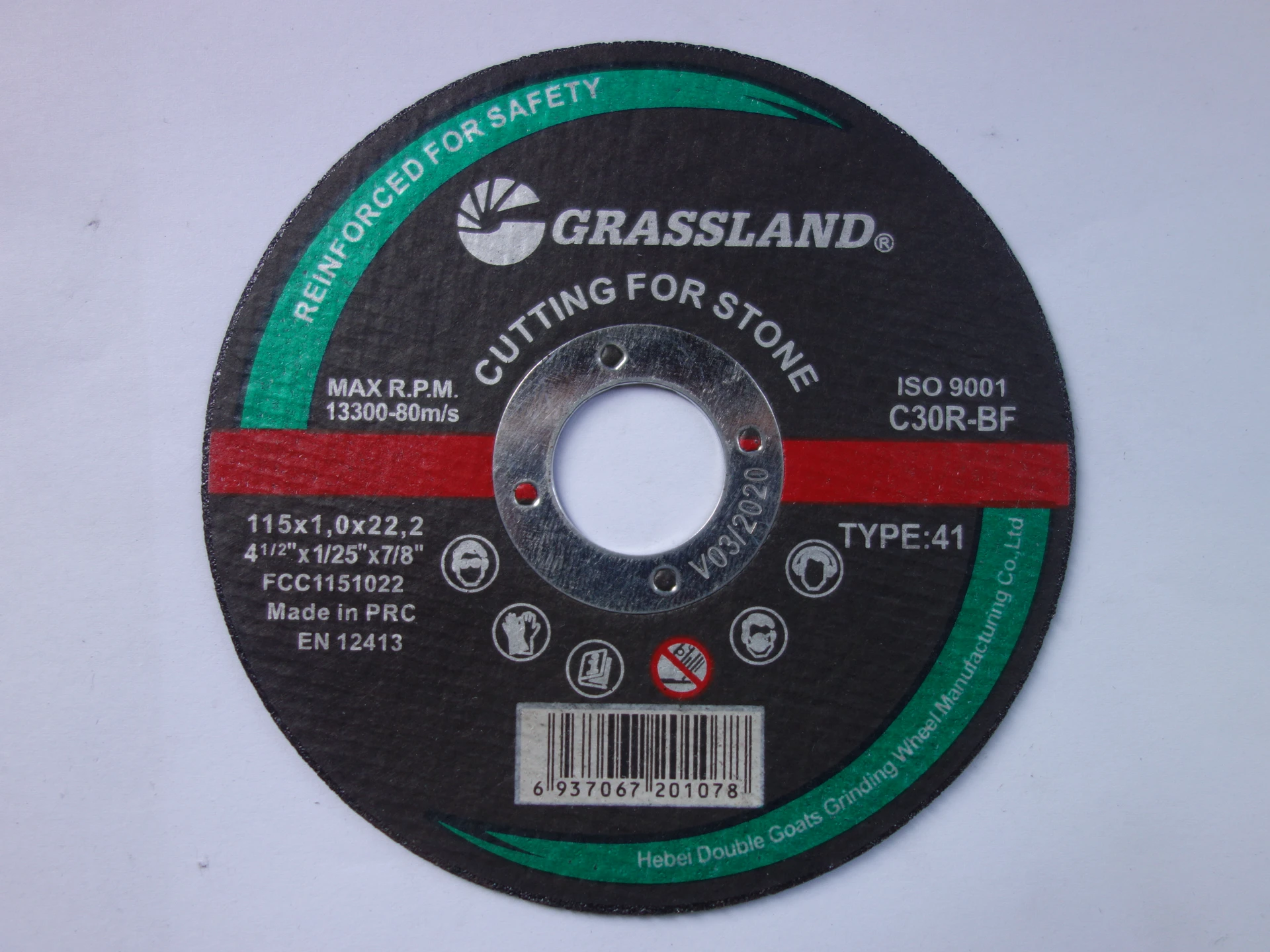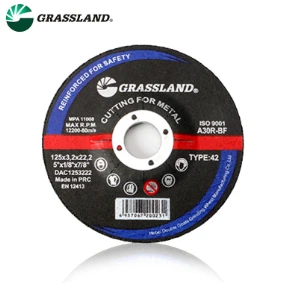

The environment in which steel grinding occurs also impacts disc choice and operation. High humidity, for instance, may necessitate the use of rust-resistant discs or additional steps to prevent corrosion. Frequent exposure to wet conditions should prompt users to consider waterproof or non-reactive coatings to maintain disc integrity and performance. Additionally, specific applications such as weld removal, surface preparation, or blending require tailored disc selections for optimal results. Choosing flap discs for finishing work, for example, allows for seamless blending and smoothing of steel surfaces with less aggressive material removal compared to standard grinding wheels. Storage and maintenance practices significantly influence the long-term usability and safety of grinding discs for steel. Discs should be stored in a clean, dry area away from extreme temperatures and potential impacts that could damage their structure. Proper handling, avoiding bending or dropping discs, helps maintain their integrity. Regular inspection for wear and tear, along with timely replacement of worn discs, minimizes the risk of tool failure, ensuring continuous and safe operation. Manufacturers often provide guidelines and recommendations tailored to their specific products, reflecting extensive expertise and testing. Leveraging these resources not only boosts user confidence in tool selection but also underscores the manufacturer's authority and trustworthiness in the field of abrasive solutions. Consulting product manuals, technical specifications, and customer support can offer valuable insights for optimizing performance and addressing any challenges encountered during use. In conclusion, when dealing with grinding discs for steel, informed decision-making guided by comprehensive knowledge of disc types, safety considerations, tool compatibility, and application-specific requirements is essential. Prioritizing quality and reliability ensures that the grinding process not only meets industrial standards but also exceeds expectations, reinforcing the critical role these components play in achieving excellence in steel work.
Post time:Jan - 22 - 2025

















